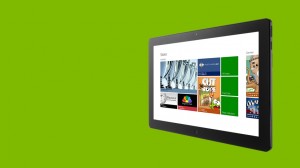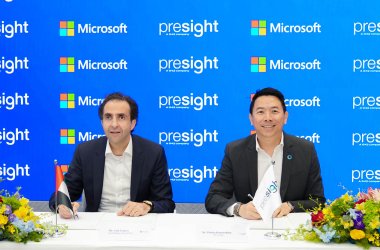Microsoft has set the ambitious goal for Windows 8 of 400 million devices in customer hands by next July and more than 100,000 applications stocked in the Windows Store by the end of January, according to a top Microsoft sales exec.
Keith Lorizio, Microsoft’s Vice President for U.S. Sales and Marketing, made the call, dubbing the success of Windows 8 “a guarantee”.
He cites the 400 million Windows 8 devices out of a potential 1 billion devices in the marketplace as massive distribution of the new operating system. These devices would include both new sales and upgraded Windows 7 machines.
The company hopes to draw customers with the unified look and feel of Windows 8 with its Xbox and Windows Phone 8 platforms that rely on touch and tiles as their navigation preferences, he says.
But having a wealth of Windows 8 applications on tap is essential to the success, he says. “We’re expecting to aggressively pursue 100,000-plus apps over the first three months.” That would be a significant jump over the current inventory, estimated at about 3,000.
These apps are apparently vital to the financial success of the operating system because they will be rife with paid ads that Lorizio claims won’t be a distraction.
“So all of the ads are going to be integrated, they’re not going to be disruptive for the user/consumer experience but beautiful, relevant and useful,” he says. Microsoft will split ad revenues with the apps’ developers under terms each will work out, he says. “It’s critical for us to get a critical mass of apps in order for the users to integrate in the highest consumer-oriented experience.”
It’s a costly venture for Microsoft to generate the needed volume of applications. “We’re putting millions of dollars against that effort and working with publishers in order to their apps live as quickly as possible,” he says.
The company is running developer seminars to advise on how to write compelling Windows 8 apps that conform with the common look, feel and navigation Microsoft promises across all the applications. It is also vetting all applications before they are put up for sale at the Windows Store.
“[I]n order for us to reach our goal which is a conservative estimate of 400 million units in the marketplace by July first,” Lorizio says, “we know that we have to have a very, very healthy ecosystem of applications.”






